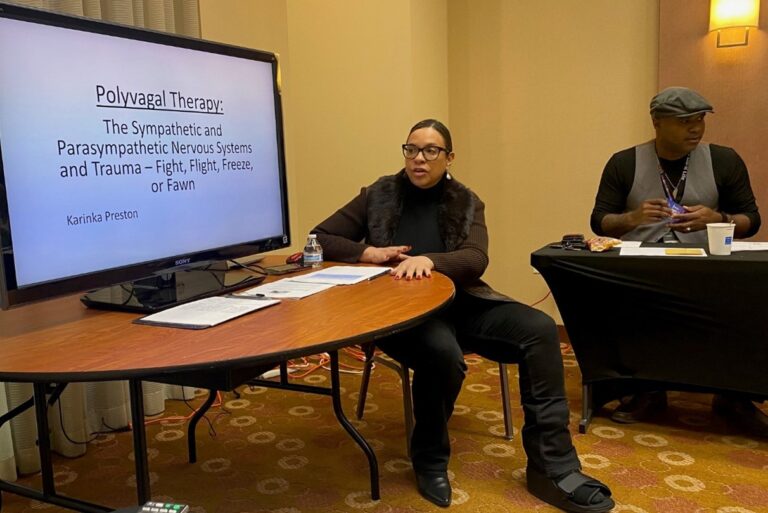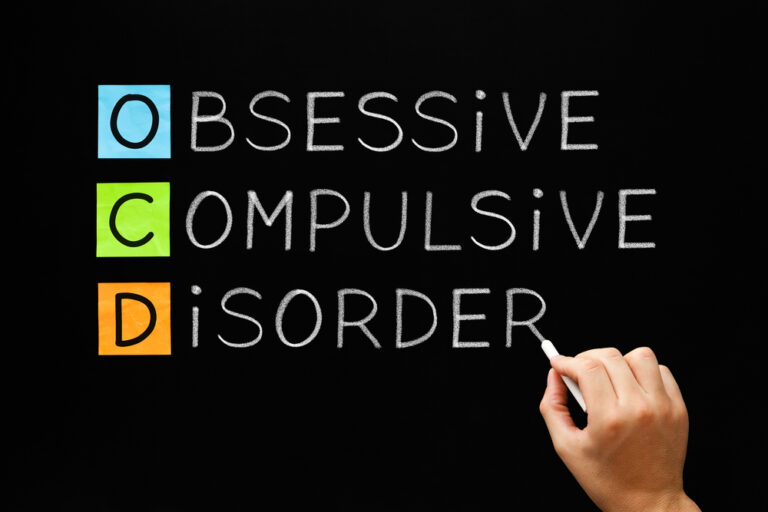Summers and Family Time
With school out for the summer, children are more eager than ever to engage in fun activities. Whether heading to the beach, enjoying a barbecue, or visiting the park, these outings become even more special when shared as a family. The summer break presents a perfect opportunity for parents and children to bond over enjoyable…











